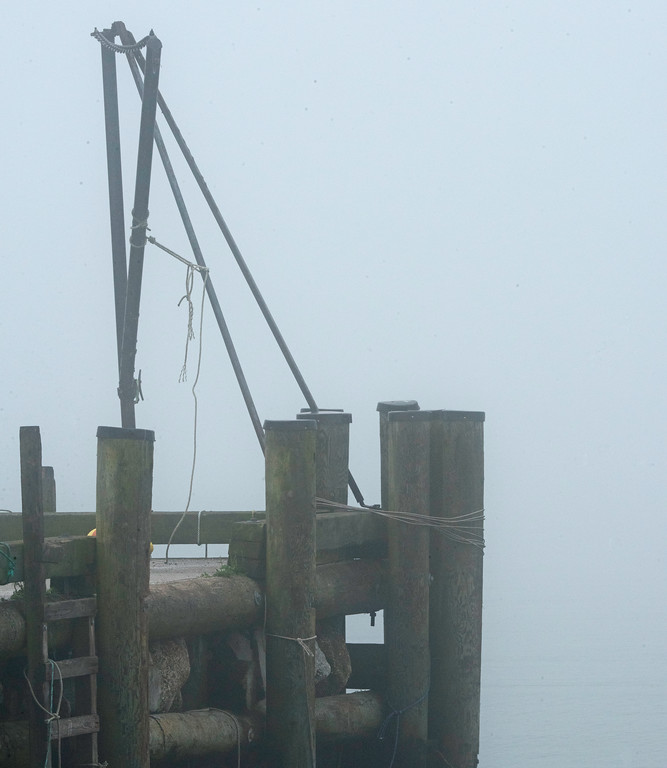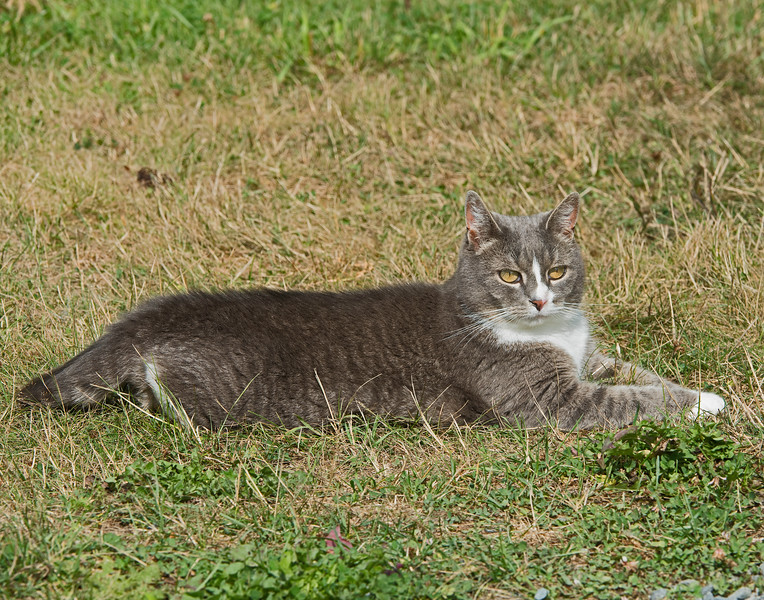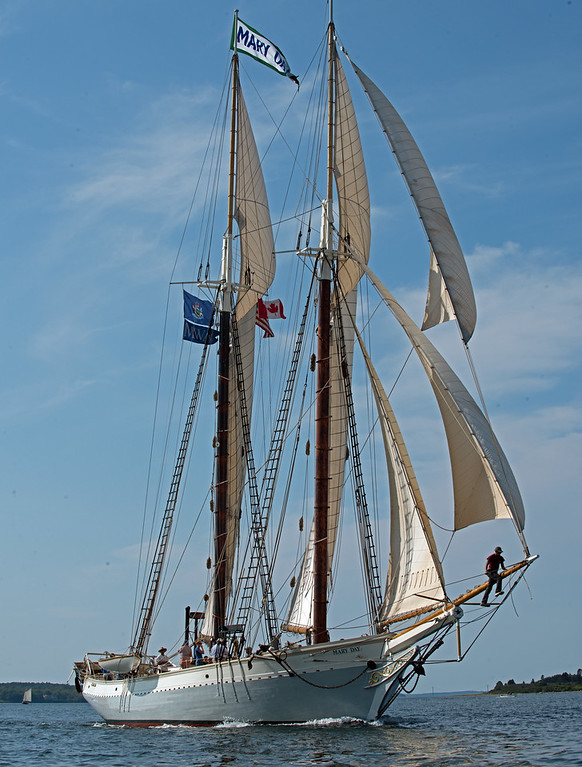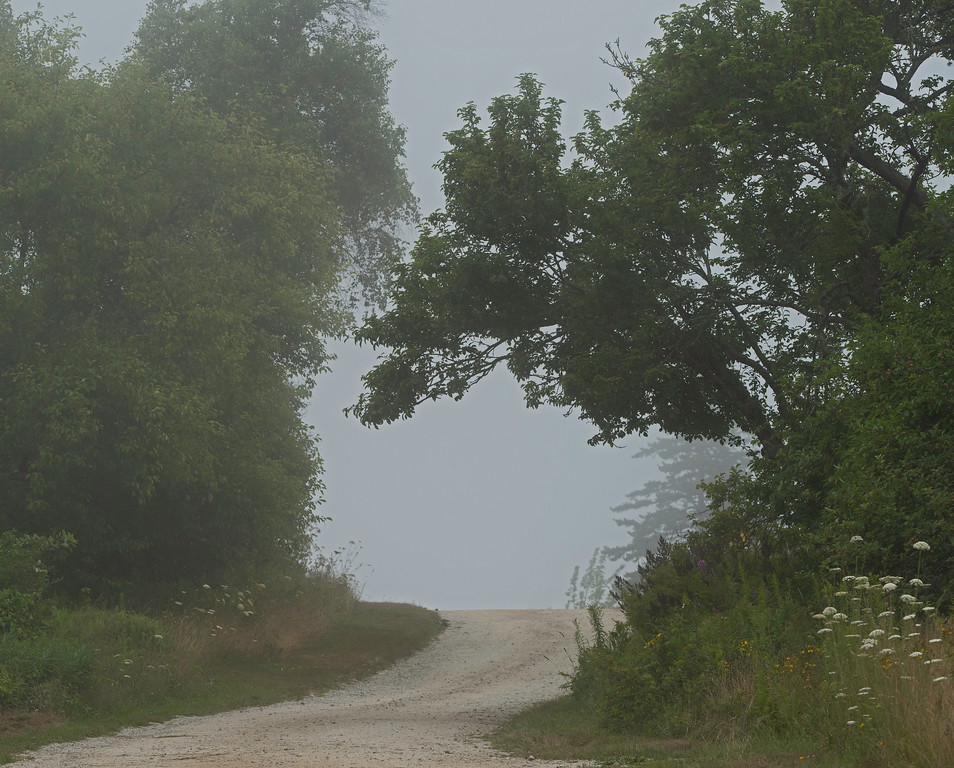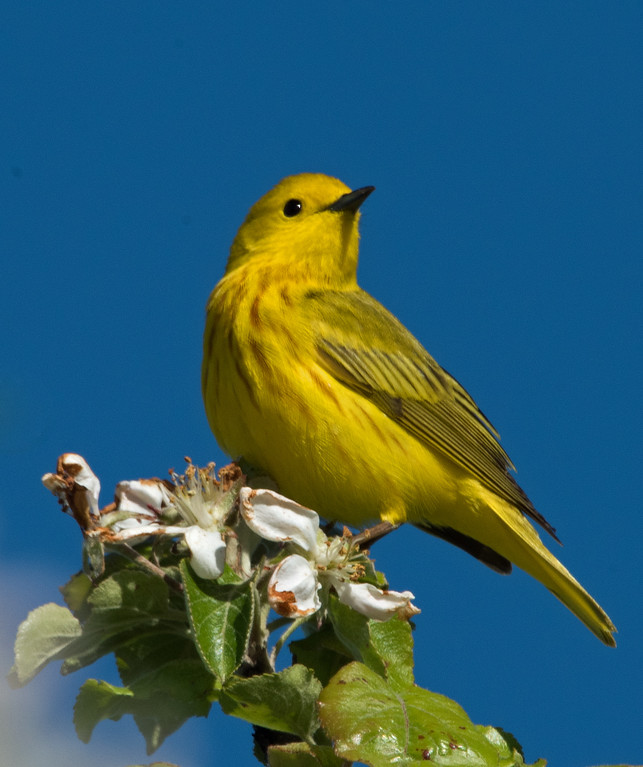It’s foggy now, as it was a few days ago when the images below were taken. Those with good eyes might see, in this image, two men in a boat:
Those from around here might even recognize Scott Keenan steering a crew member into Naskeag Harbor by instinct, after somehow mooring Scott’s Fishing Vessel Dear Abbie:. Scott beached the outboard just to the north of the Town Pier, which looked like this up close that day:
Fog, as we all know, is merely a demented air spirit that has decided to form into a cloud to make seafaring fun. A wee more technical explanation is that fog and other clouds are formed when the air is cooled enough to become saturated with water vapor, usually when the difference between the air temperature and its dew point (water-making point) is less than 4.5 degrees Fahrenheit. (Brooklin, Maine)


